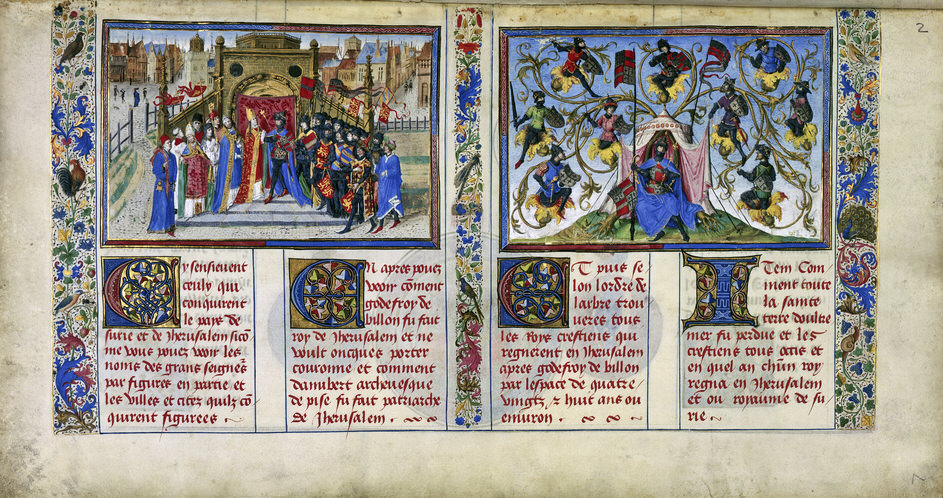Facsimiles date back to a very old tradition. Copies of manuscripts and original documents were already being made in the Roman Empire.
The aim is to produce an exact replica of the document being reproduced, using either mechanical or artisan means, and possibly using media identical to the original or media involving different kinds of paper.
Nowadays, facsimiles are made of codices, maps and ancient documents whose originals were produced in ancient times using the most extraordinary medium ever used by humans, natural parchment.
With the invention of the printing press in the 15th century, these documents and codices in parchment were replaced by others printed on paper. Publishing houses today produce large numbers of facsimiles using a variety of paper types, as this is the medium required by the advanced technologies they use, thus obtaining an optimal visual result.
Logically, no matter what paper is used, it is impossible to replicate the properties of natural parchment, aspects such as its durability, feel, smell, texture, and also its uniformity and inherent natural beauty.
At Scriptorium, we have printed facsimiles using all kinds of paper as our medium. And with every edition we produced, there were always some friends and clients, lovers of ancient manuscripts, who raised the same issue: if they were made in parchment a thousand or two thousand years ago, why can it not be done today?
With the help of those same friends and clients, and also the support of the institutions preserving these old codices, we embarked ten years ago on the thrilling adventure of recovering that ancient tradition of producing facsimiles by entirely artisan means using exclusively the medium of natural parchment, thus enabling us to recreate authentic copies of original manuscripts. All our facsimiles are made one by one, sheet by sheet, just as in ancient times, thus transmitting all the beauty and authenticity of a mediaeval manuscript.



